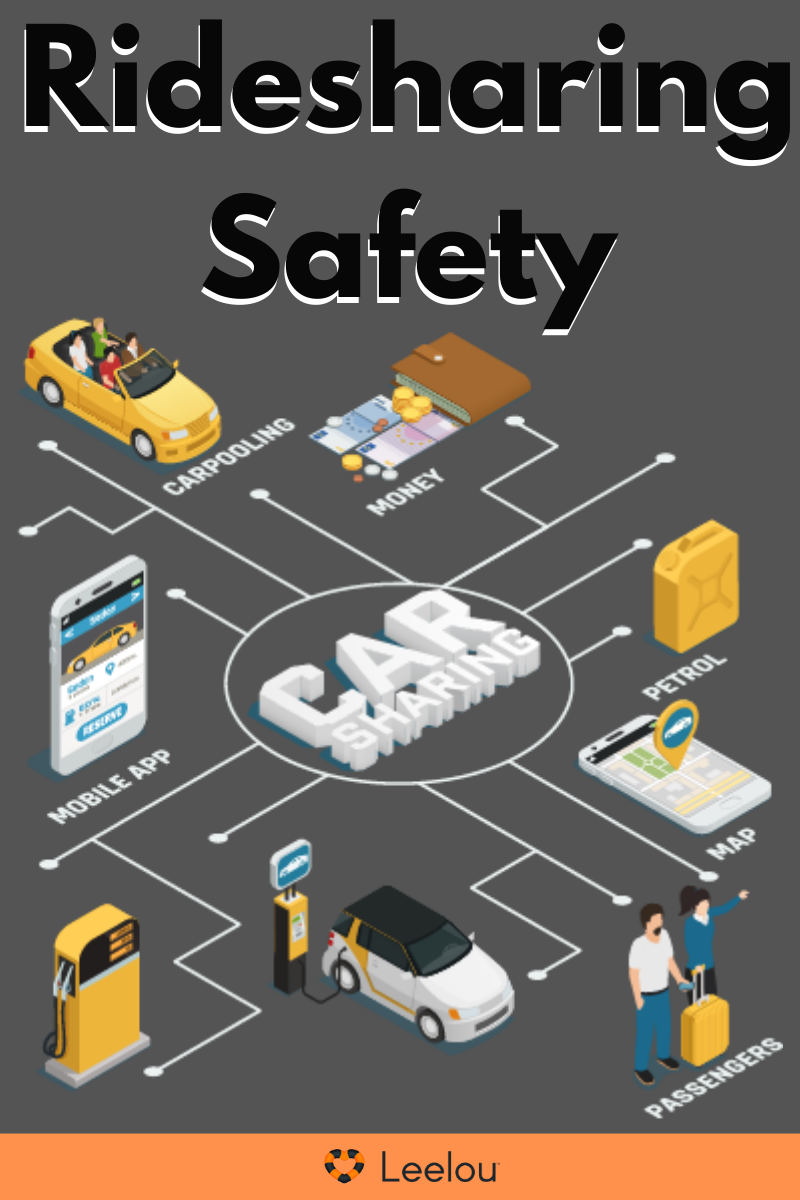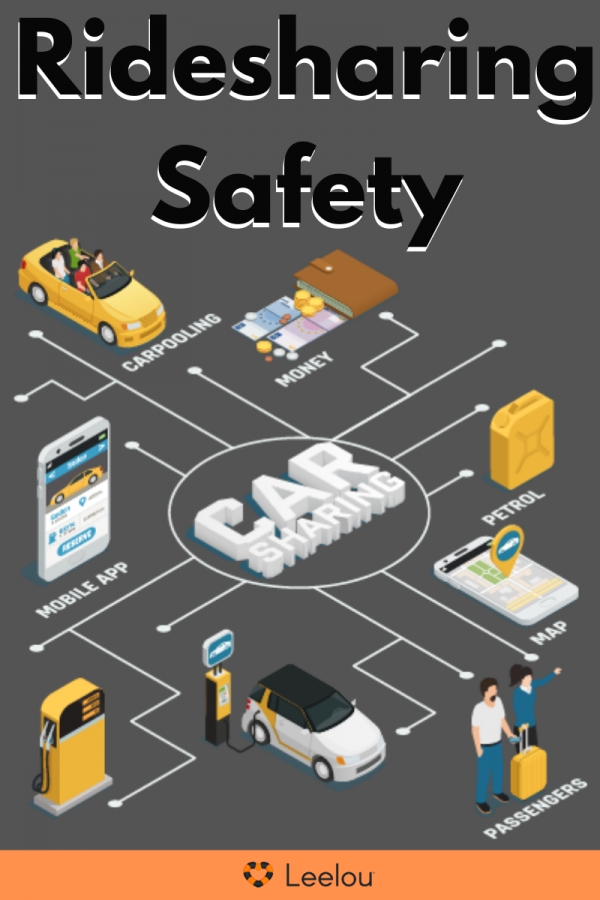
Safety has been a central theme surrounding rideshare services in recent months. Ridesharing services are a very convenient and popular mode of transportation; they often cost less and are quicker to arrive than a traditional taxi cab.
The popular ridesharing companies have safety guidelines in place for both riders and drivers, but our expert tips will help get you to your destination smoothly.
Is ride-sharing safe?
Tens of millions of trips worldwide are made by ridesharing apps drivers each day, the vast majority of which are completed safely. But safety is still the main concern for both riders and drivers, and each company is constantly adding new safety features to their apps.
Risks of Ridesharing
There are risks associated with any form of vehicle transportation, including taking a taxi or driving yourself. But some risks are specific to ridesharing, and both riders and drivers should be aware of them. Here’s what to look for.
Riders
- Driver impersonation: Riders who aren’t careful can mistakenly get in the car with someone who isn’t their driver. In 2019, Samantha Josephson was murdered (add link) by someone pretending to be her Uber driver.
- Inconsistent background checks: While taxi drivers are required to submit fingerprints for an FBI background check, Uber and other ridesharing apps processes are less regulated and, some would argue, not so thorough.
- Accidents: Research shows that ridesharing could have caused a two to three percent increase in fatal car accidents.
- Low-rated drivers: Ridesharing platforms usually kick drivers off if their rating is too low, but this takes time and requires the driver to consistently receive low scores. It’s possible to get a driver with low ratings that aren’t low enough to be barred from picking up passengers.
Drivers
- Road Safety: Car crashes are the sixth most common cause of death in the world, and driving for multiple hours each day only increases your exposure to the risk.
- Unpredictable passengers: You never know who you’re picking up, especially when driving late at night when passengers are more likely to be intoxicated. Getting stuck with an aggressive passenger could lead to an unwanted physical altercation.
- Low-rated passengers: Although Uber recently started banning riders with low ratings, there’s no word on whether the cut off is as strict as it is for drivers. Many drivers feel pressured to pick up even the lowest-rated passengers in order to not miss out on potential income.
- Insurance gaps: As a rideshare driver, your personal auto insurance won’t cover you if you’re in an accident while using your vehicle for commercial purposes, and the standard insurance covered by Ridesharing apps only covers certain parts of your shift. You could find yourself without any insurance coverage if you get in an accident at certain times.
Ridesharing Safety Tips
Despite the safety risks of ridesharing, millions of passengers use apps like Uber every day without experiencing any issues. Here are some tips to minimize your risk while using ridesharing apps.
Riders
- Wait inside: Stay indoors while requesting your ride through the app.
- Check license plate: Make sure the license plate of the car you get into matches what is shown in the app.
- Ask for verification: Ask your driver for the name of the person they’re picking up, and/or use a PIN verification system.
- Wear a seatbelt: Sit in the backseat of the car, and make sure your seatbelt is securely fastened.
- Share your plans: Let family or friends know you’re planning to take an Uber and share your trip details and ETA with them through the app.
- Inform your driver: Tell your driver you’re sharing trip details with someone; criminals are less likely to act if they know there’s a high like hood of getting caught.
- Plan for the worst: Come up with a plan – and safe word – for yourself and your family members to quickly communicate and remove yourselves from any potentially unsafe situation.
- Trust your instinct: If you feel unsafe for any reason, end the ride.
Drivers
- Plan ahead: Prepare for different potential passenger scenarios by writing down a plan for how you will handle each one.
- Screen passengers: Uber allows you to see passenger ratings before deciding whether or not to accept the fare. Don’t be afraid to pass if the requesting rider’s rating is too low; many rideshare drivers suggest not taking passengers with a rating lower than 4.6.
- Provide ratings: If you encounter a passenger who acts poorly or makes you uncomfortable, give them a low rating to protect other drivers and reach out to the rideshare company to let them know.
- Listen to your gut: If a passenger is making you feel unsafe, pull over in a safe, populated location and end the ride.
- Evaluate behavior: Pay attention to how your passenger act. This can help you get out of dangerous situations.
It’s good to be aware of the safety risks associated with ridesharing as both a rider and a driver. But millions of rides are completed without incident every day, and ridesharing can be a safe transportation alternative as long as a few simple precautions are taken. If you’re considering driving for Uber, or if you’re already accepting fares through the app, the best way to protect yourself is by purchasing your own supplemental rideshare insurance policy.
And no matter what, remember the golden rule of ridesharing: always trust your gut. If a situation makes you feel uncomfortable or unsafe, end the ride and call someone to help you reach safety.
Don’t forget to download Leelou so that everywhere you are equipped with safety.


